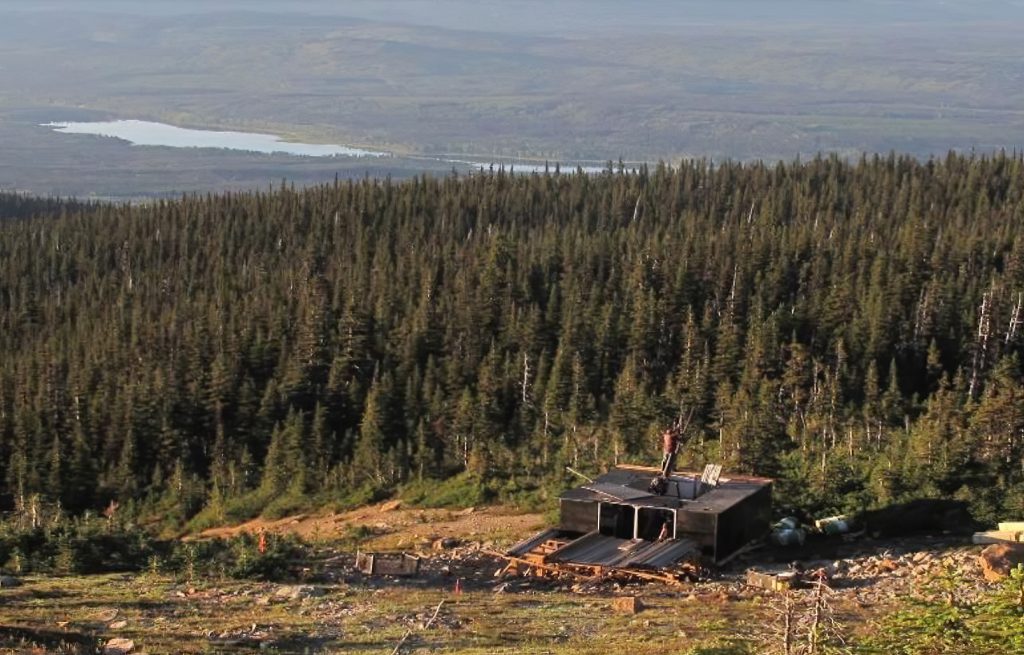FPX Nickel drills 0.2% nickel over 317.2 metres at Decar, British Columbia

FPX Nickel Corp. [FPX-TSXV; FPOCF-OTCQB] reported results of the summer, 2021, infill drilling program at the Baptiste project at the 100%-owned Decar nickel district in central British Columbia. Results are highlighted by hole 21BAP073, which returned the third-highest grading broad interval of near-surface nickel mineralization in the project’s history.
Results validated the PEA block model and potentially expanded higher grade, near-surface DTR nickel mineralization at the Baptiste deposit beyond the 2020 PEA resource model.
Holes in the area of the planned starter pit in the southeastern portion of the Baptiste deposit all returned near-surface, broad intervals with average DTR Nickel grades at or above the global resource grade of 0.120% DTR nickel, including hole 21BAP071 that intersected 153.0 metres of 0.128% DTR nickel from 47 metres downhole, including 79.0 metres of 0.139% DTR nickel.
Hole 21BAP072 intersected 282.0 metres of 0.128% DTR nickel from 39 metres downhole, including 119.8 metres of 0.146% DTR nickel. Hole 21BAP073 intersected 254.9 metres grading 0.151% DTR nickel from 48.1 metres downhole, including 157.3 metres grading 0.154% DTR nickel, representing the third-highest grading, near-surface interval ever intersected at the Baptiste deposit.
Hole 21BAP074 intersected 317.2 metres grading 0.135% DTR nickel from 33.8 metres downhole, including 114.0 metres grading 0.159% DTR nickel. Hole 21BAP075 intersected 136.4 metres 0.120% DTR nickel from 39 metres downhole.
| “We are very pleased to see that the 2021 drill results validated the 2020 PEA block model, while continuing to showcase very strong, near-surface DTR nickel grades in the Baptiste starter pit area,” commented Martin Turenne, President and CEO. “We expect these results will confirm the conversion of inferred mineralization to the indicated category for a mineral resource estimate in support of a preliminary feasibility study at Baptiste, which stands as the world’s third largest undeveloped nickel deposit.”
The ten holes drilled during last year’s campaign are the first holes drilled at Baptiste since 2017. |
In particular, drilling results in the starter pit area (holes 21BAP071 to 21BAP075) returned the expected nearer-surface, higher-grade tonnage. Upon a future update of the Baptiste resource model, it is expected that the intended conversion from inferred to indicated categorization will be realized.
The company’s Decar Nickel District claims cover 245 km2 of the Mount Sidney Williams ultramafic/ophiolite complex, 90 km northwest of Fort St. James. The district is a two-hour drive from Fort St. James on a high-speed logging road.
Decar hosts a greenfield discovery of nickel mineralization in the form of a naturally occurring nickel-iron alloy called awaruite (Ni3Fe), which is amenable to bulk-tonnage, open-pit mining. Awaruite mineralization has been identified in four target areas within this ophiolite complex, being the Baptiste deposit, and the B, Sid and Van targets, as confirmed by drilling, petrographic examination, electron probe analyses and outcrop sampling on all four. Since 2010, approximately US $28 million has been spent on the exploration and development of Decar.
